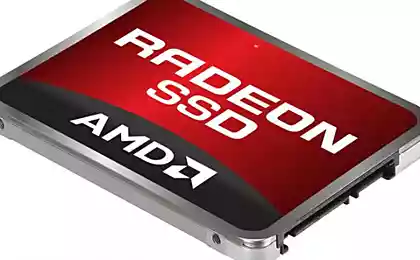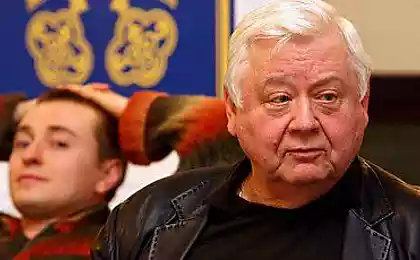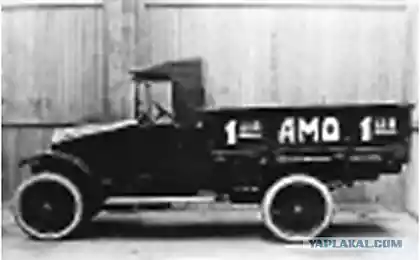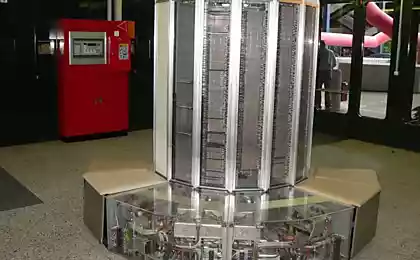895
Russia launched a supercomputer based on AMD Barcelona
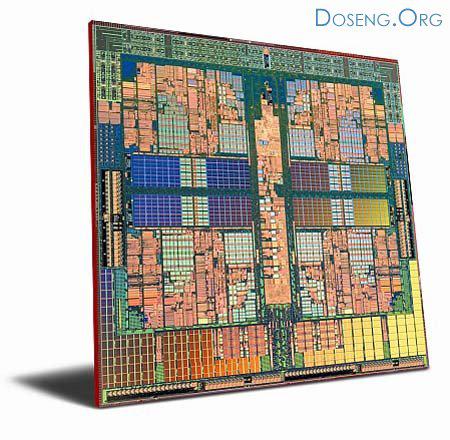
Russia's first supercomputer processors AMD Barcelona with a peak performance of 4 TFlops installed in the Perm State Technical University. The project is engaged in a little-known the Russian HPC market company "Tronic" - a division of Singapore-Tronic.
In early July 2008, the Perm State Technical University (PSTU) launched in the technical operation of the supercomputer, which claims to 13th place in the list of the top 50 most powerful supercomputers in Russia and the CIS: the peak performance of the system is 4, 096 TFlops on the Linpack benchmark level is reached 3, 174 TFlops. Cuperkompyuter cost about $ 1 million in PSTU intend to use for teaching parallel programming, modeling the behavior of objects at various influences. In addition, the computer will be used to solve problems in aerodynamics, strength of materials, R & D performance by the Customer.
The solution developed jointly by engineers from "Tronic" and "Sarov supercomputing technology" (CCT), built on quad AMD Opteron processors in 2350, codenamed Barcelona - the first and only in Russia. Computing PGTU cluster consists of 64 nodes, each of which comprises two central processor RAM 8 GB. The structure also includes a supercomputer system storage capacity of 12 TB and the management server. In addition, the two nodes of the cluster are set reprogrammable FPGA-boosters Celoxica, with which you can get an additional increase in performance in solving specific computational problems. It is worth noting that the supercomputer can simultaneously run two operating systems - Microsoft Windows and Red Hat Linux.
AMD company can not boast of significant achievements in the Russian market of high-performance computing. So, for the time elapsed since the first publication of the ranking top 50 (December 2004), the number of systems constructed on the basis of processors AMD, gradually reduced from 18 to 6 in the final, eighth edition. On the prospects of the company in this market segment, the head of the Moscow representative Alexander Belenky AMD responded succinctly: "We are working in this direction." Meanwhile, the number of supercomputers built on the processors Intel, has grown from 24 to 38 over the same period.
However, the situation in the Russian sector of HPC contributes to the appearance in it of new local players. Thus, the company "Tronic", created about a year ago as a 100% "daughter" of the Singapore Tronic, intends to focus on developing high-performance cluster systems. "We see here a lot of" white spots ", - says Yuri Hodos, CEO of" Tronic "- this segment, in our opinion, is not sufficiently developed in Russia, in addition, there is no development of a competitive struggle. We rely on the financial resources of the parent company and the strengths of IT professionals who are able to attract to the company ».
Irina Hrulkova








